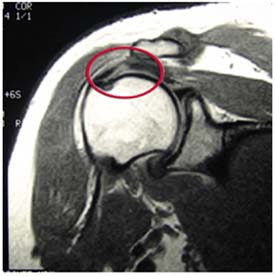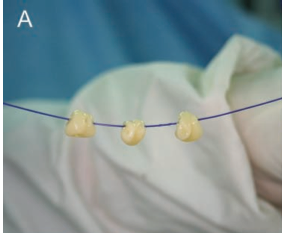Rotator cuff tears are common injuries, especially among active middle age men. As researchers and scientists seek for better ways to promote healing and more optimal surgical outcomes, PRP continues to get lots of attention. If you want a basic primer on PRP, click here to read one of my earlier posts on it.
In a recent study in the October 2011 American Journal of Sports Medicine, researchers looked at the effects of PRP on patients undergoing surgery for full thickness rotator cuff tears. This is the first prospective cohort-control study to investigate the effect of PRP gel augmentation during arthroscopic rotator cuff repair. Forty two patients were included in the study (average age of 60), with 19 undergoing arthroscopic repair with PRP and 23 without.
Outcomes were assessed preoperatively and at 3, 6, 12, and finally at a minimum of 16 months after surgery (at an average of 19.7 +/- 1.9 months) with respect to pain, range of motion, strength, and overall satisfaction, and with respect to functional scores as determined using multiple assessment tools. At a minimum of 9 months after surgery, repaired tendon structural integrities were assessed by magnetic resonance imaging.
Below are images defining a full thickness rotator cuff tear:

Partial (left) vs. Full (right)

Full Thickness Tear on MRI
The results of the study revealed:
Platelet-rich plasma gel application to arthroscopic rotator cuff repairs did not accelerate recovery with respect to pain, range of motion, strength, functional scores, or overall satisfaction as compared with conventional repair at any time point. The only real difference discovered was with internal rotation range of motion being better with the PRP group.
The idea behind using the PRP is accelerating tendon to bone healing by releasing growth factors known to enhance tendon healing. While this did not make a big impact in this study, the re-tear rate (although statistically insignificant) was slight lower in the PRP group – 26.7% versus 41.2% in the conventional group. The authors were trying to achieve reproducible application of the PRP, so they used a gel application and threaded it to the sutures (see image below).

PRP Gel Suture Application Method
In the end, we need further studies to determine the efficacy of this intervention. So far, there are no know harmful side effects to integrating it with repairs. Yet, it is hard to say it makes a big impact on the recovery process to date. Further prospective research with larger randomized patients should be done to clearly identify the impact of PRP on healing after surgery.
Reference
Chris Hyunchul Jo, Ji Eun Kim, Kang Sup Yoon et al. Does Platelet-Rich Plasma Accelerate Recovery After Rotator Cuff Repair? A Prospective Cohort Study. Am J Sports Med. 2011 (39): 2082-2091.
Related PRP post – An Update on Platelet Rich Plasma Treatment

